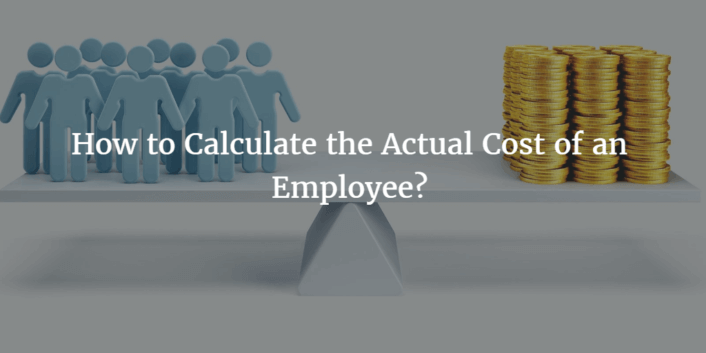
Does your business want to calculate the actual cost of an employee to help with cost analysis, bidding jobs, and pro forma financial statements?
Determining the “true cost” of an employee is more complex than most people realize. First, you need to determine the cost for each of the items below. Then, to calculate the actual cost of an employee, you add up the annual amount of each of these items.
- State Unemployment Tax Contributions (SUTA) – Your company’s rate will depend upon its experience rating with unemployment claims and its length of time in existence. In most states, there is a wage base cap on your rates. If you do not know your rate, your payroll representative can generally provide it to you.
- Federal Unemployment Tax Contributions (FUTA) – This ranges from $42/year to $420/year for each employee. Where you fall depends on the credit the federal government allows you to take for your SUTA payments.
- Social Security Match/Medicare Match – This is generally 7.65% of the employee’s annual wages.
- Workers’ Compensation Premiums – This is a percentage of the employee’s annual salary. The rate varies based on the employee’s job duties and the employer’s experience rating with claims. Your workers’ compensation carrier can tell you how much you pay for each employee.
- Health, Dental, Vision, Disability, Life Insurance Contributions – Include the amount the company contributes towards each of these benefits.
- Retirement Plan Contributions – Include the amount the company contributes annually to the employee’s 401(k) plan.
Depending on employer contributions to benefits, you will most likely find that the true cost of an employee is somewhere between 120% and 140% of the employee’s gross wages. If you want to estimate the true cost of all of your employees, it’s recommend performing this calculation for a few employees and then coming up with an average percentage to use across the board.
